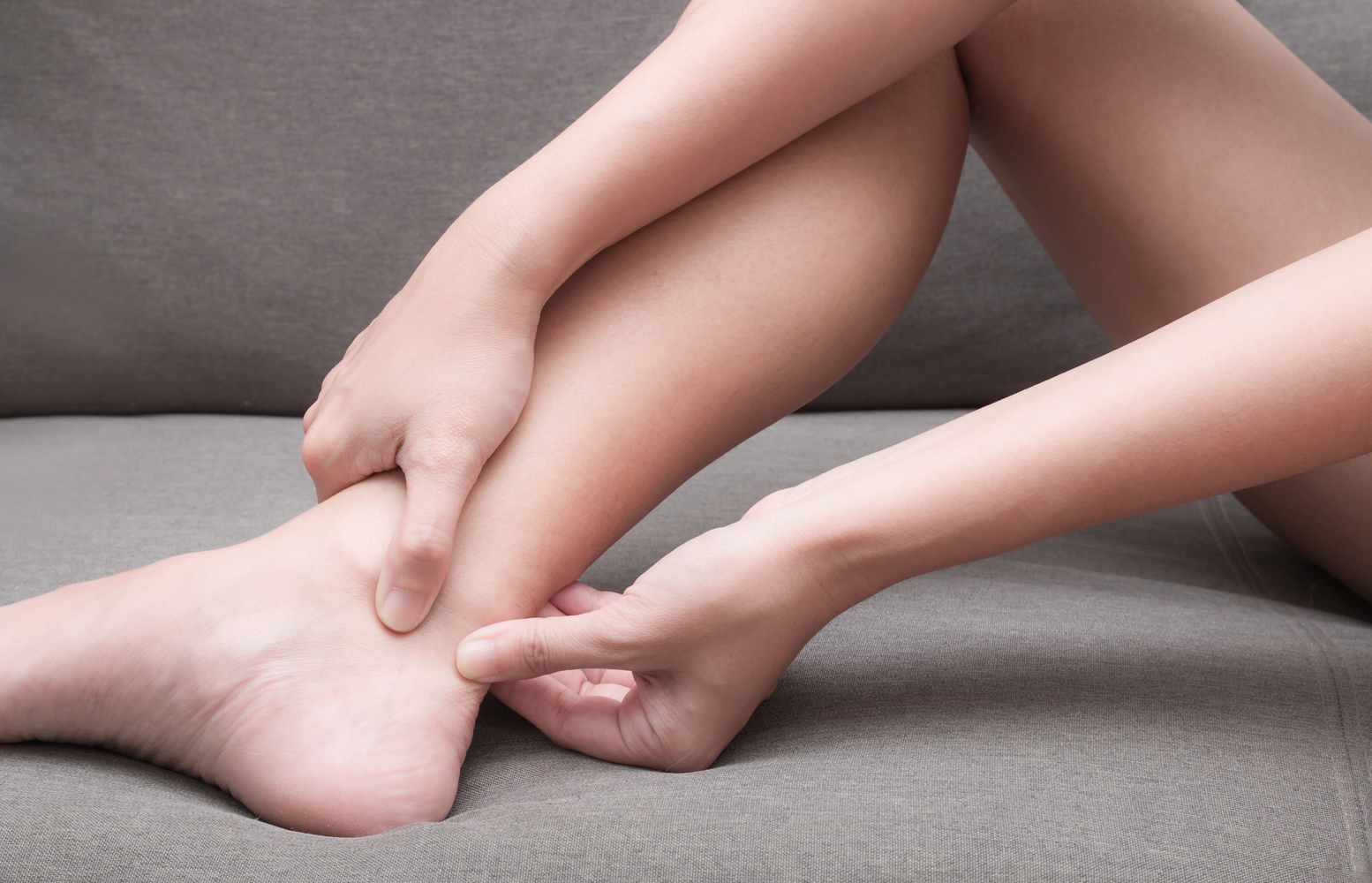Frequently Asked Questions About A Bone Spur
Frequently asked questions about a bone spur
A bone spur is a tiny projection that often grows along the joints. It is a condition that is associated with bone and joint disorders, such as osteoarthritis and tendonitis. Simply put, bone spurs are lumps of extra bone. On their own, these growths cause no problems to the body. However, they may cause pain and discomfort when they rub against other bones or if they come in contact with nerves.

To know more about what causes bone spurs to form, what symptoms to look out for, and the available bone spur treatment options, go through the following list of frequently asked questions.
What causes bone spurs to form?
- Bone spurs occur due to inflammation associated with diseases such as osteoarthritis and tendonitis.
- This inflammation causes bone-forming cells to deposit more bone in the affected area.
- Diseases such as osteoarthritis are degenerative in nature. They break down the protective cartilage around your joints. The body attempts to compensate for this loss by creating bone spurs to fill the gaps.
Where on the body do bone spurs develop?
- Bone spurs may develop on any joints in the body that have an inflamed or a degenerated cartilage.
- Common areas for bone spurs to develop include the hands, shoulders, spine, neck, hips, feet, and knees.
Are there are any symptoms associated with bone spurs?
- In many cases, bone spurs have no external symptoms and patients do not know that they have developed the extra growth.
- Common bone spur symptoms include bumps under the skin and muscle pain. Other symptoms depend on where in the body the growth has formed.
- Bone spurs along the knee cause pain in walking and bending the leg.
- Bone spurs in the spine may put pressure on the spinal nerves. This may lead to a sensation of numbness or tingling in the toes and feet.
- Bone spurs in the hip limit leg movement and often cause pain that extends to the knees.
- Heel spurs may lead to tenderness and foot swelling.
When should y see a doctor?
You must see a doctor in case of the below-mentioned situations:
- If there is a swelling in any of the joints.
- If there is immense pain or difficulty in moving the joints.
How are bone spurs diagnosed?
- The doctor will check and examine the affected joints to check for growths and bumps.
- The tests that may be recommended include an X-ray, a computed tomography (CT) scan, a magnetic resonance imagine (MRI), or electroconductive tests. These tests will help with internal imaging and also reveal the extent to which the bone spurs have caused any nerve damage.
- Bone spurs are referred to orthopedic surgeons or rheumatologists (specialists in joint problems) for treatment.
What are the common bone spur treatment options?
- The doctor may recommend painkillers and steroids to help deal with the pain.
- Anti-inflammatory medicines also help reduce swelling and provide relief.
- A cold press may help reduce pain and swelling immensely.
- Bed rest is recommended for a few days, depending on the severity of the inflammation.
- In cases of extreme discomfort or where the bone spur is damaging a nerve, the bone spur treatment involves a surgery to remove the excess bone growth.
- Physical therapy is often recommended to help regain good control over joints and muscles.
Are there any proactive measures that I may take to prevent bone spurs?
Bone spurs are a part of the onset of arthritis and there is little you may do to prevent them. However, a few preventive steps that you may take are as follows:
- Increase your intake of calcium and vitamin D on a daily basis. This is recommended by doctors as well.
- Exercise regularly to stay fit and to keep your bones strong.
- Wear well-fitted shoes and use socks to prevent friction between the foot and the shoe.